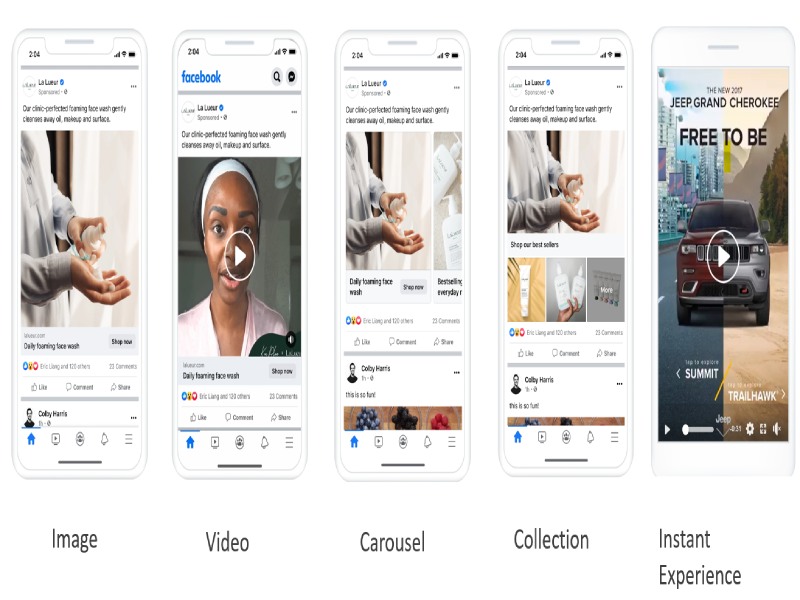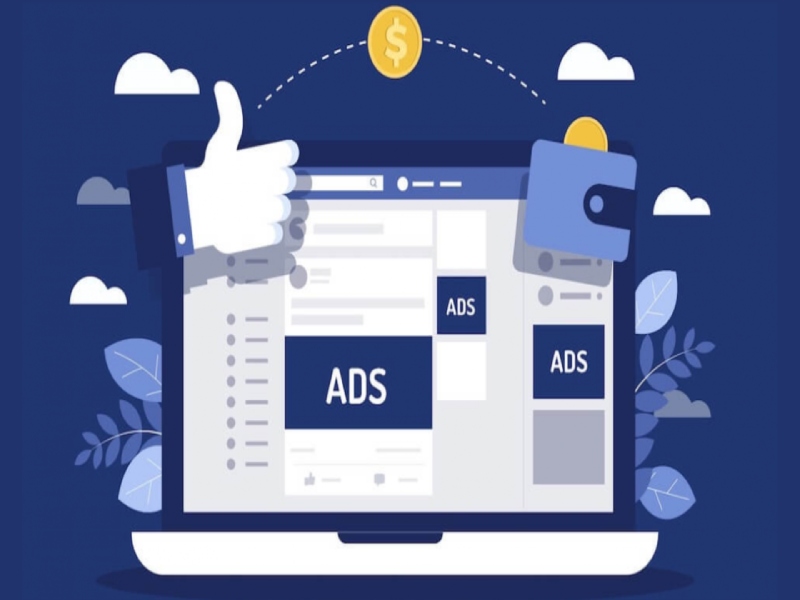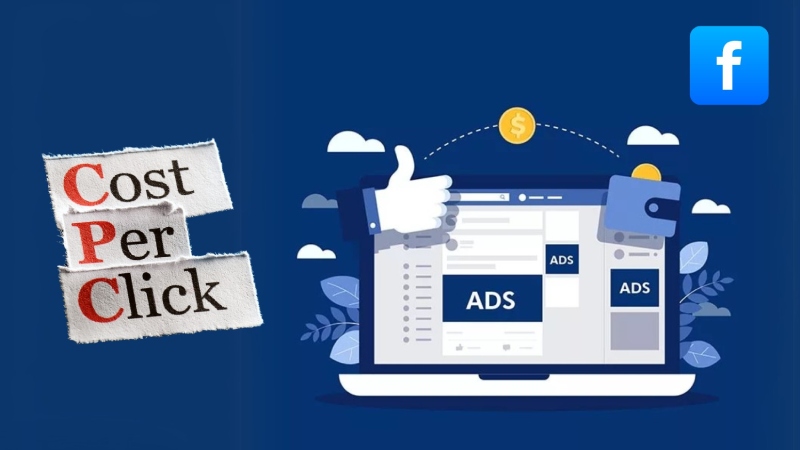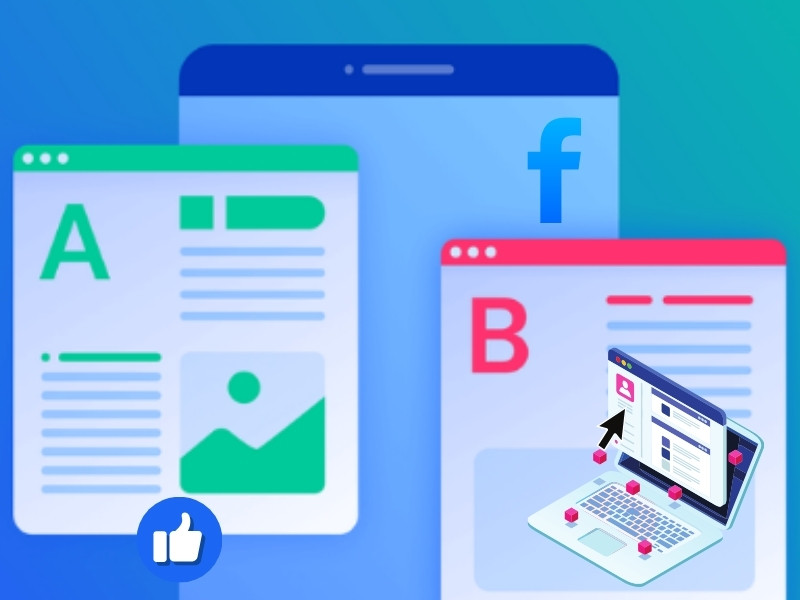What is Primary Text in Facebook Ads, and why does it matter? In the world of Facebook advertising, every element of your ad plays a crucial role including the Primary Text – which serves as the first point of interaction with your audience, influencing click-through rates and conversions. But how can you write effective Primary Text that grabs attention and drives results? In this guide, we’ll break down its importance, share best practices, and provide real-world examples to help you optimize your Facebook Ads for maximum impact.
What is Primary Text in Facebook Ads?
Primary Text is the heartbeat of your Facebook ad – it’s the main copy that sits above your image or video, grabbing attention and delivering your core message. Think of it as your first handshake with potential customers: it’s where you hook them with a compelling offer or a bold introduction.
Examples:
- “50% off all products today only – Shop Now!”
- “Discover the easiest way to manage your time – Click to learn more!”
The role of primary text in ads:
- Introduces Your Product/Service: Concisely showcases what you’re offering.
- Creates a Killer First Impression: Captures attention in a split second.
- Drives Action: Acts as the stepping stone to clicks, purchases, or sign-ups.
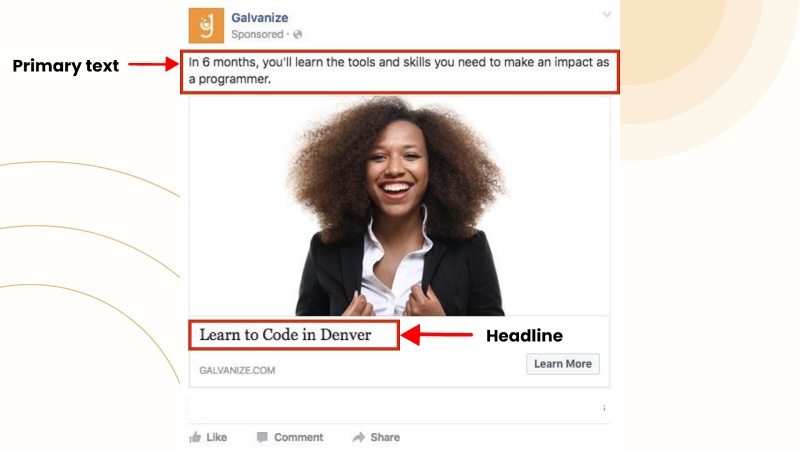
Why Is Primary Text Important in Facebook Ads?
Primary Text isn’t just words – it’s your ad’s secret weapon. Here’s why it matters:
Boosts Click-Through Rates (CTR)
- A well-crafted Primary Text serves as the hook that stops users from scrolling past your ad. When it resonates with their interests or needs, they’re far more likely to engage.
- Pairing Primary Text with an eye-catching image or video creates a powerful combination that significantly enhances engagement rates.
- Highlighting urgency, exclusivity, or a compelling offer in the text can encourage immediate action, increasing clicks and interactions.
Influences Purchase Decisions
- Users are drawn to ads that speak directly to their needs. Primary Text provides the opportunity to address pain points, desires, or offer a solution in just a few words.
- Effective messaging creates an emotional connection. Whether it’s emphasizing savings (“Save 50% today!”), solving a problem (“Tired of messy workflows?”), or sparking curiosity (“The secret to glowing skin is here!”), your text can guide users toward a purchase decision.
- The right words at the right time can make your ad feel personalized, increasing the likelihood of conversions.
Optimizes Your Ad Budget
- The better your Primary Text performs, the more efficient your ad spend becomes. High engagement and CTR often lead to lower Cost Per Click (CPC) and Cost Per Action (CPA), maximizing your return on investment.
- Facebook’s algorithm rewards ads that generate more interactions. A well-optimized Primary Text can boost ad relevance scores, leading to wider reach at a lower cost.
- Testing different variations of Primary Text helps identify what works best, allowing you to allocate your budget more effectively.
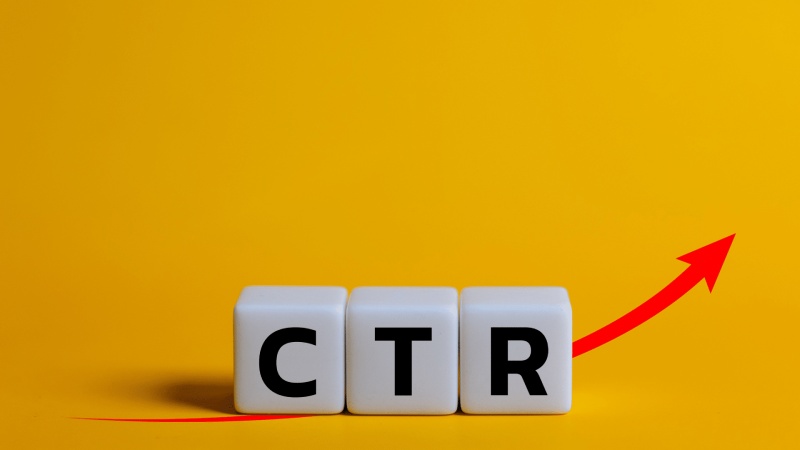
In short, Primary Text can make or break your campaign. Get it right, and you’ll see results. Get it wrong, and your budget’s toast. Prioritizing clear, engaging, and action-driven text is key to achieving success in Facebook Ads.
How to Write Effective Primary Text
Want your ads to convert like crazy? Here’s how to nail your Primary Text every time:
Structure of an Effective Primary Text
To understand how to effectively work with primary text, it is important to know about key parts that make primary text different from other forms of content ads.
1 – Attention-Grabbing Start: Hook your audience with a compelling opening line that stops the scroll.
- Example: Limited-Time Offer: 50% Off Today Only!”
- Use strong words that trigger curiosity or urgency.
2 – Key Information: Clearly communicate the value of your offer in a concise way.
- Example: “Get the fastest, most reliable VPN for just $3/month.”
- Focus on benefits rather than just features.
3 – Call-to-Action (CTA): Guide the user on what to do next.
- Example: “Shop Now”, “Claim Your Discount”, “Download for Free”.
- Keep it direct and action-driven.

Pro Tips to Optimize Your Content
To write a great primary text that can actually be valuable to users, especially when understanding what Primary Text in Facebook Ads aims to achieve, bear in mind these tips from NEMI Ads:
1. Keep It Short & Sharp
Attention spans on social media are short, so your message needs to be instantly clear. Aim for 125 characters or fewer to ensure your full text is visible across all devices especially mobile. This keeps your content concise and prevents key information from being cut off.
2. Personalize It
Craft your message as if you’re speaking directly to the reader. Use second-person pronouns like “you” and “your” to create a personal connection. This not only makes your message more relatable but also encourages users to take action because they feel addressed individually.
3. Highlight Benefits, Not Just Features
People scroll through Facebook looking for value, not just information. Instead of listing product specs, focus on the benefits your product or service brings. Ask yourself: What problem does it solve? What can users gain? Whether it’s saving time, money, or effort – make that the star of your message.
4. Use Emojis Wisely
A few strategically placed emojis can make your ad more eye-catching and easier to read. Emojis like 🔥, ⭐, or ✅ help break up text and convey emotion or emphasis. But don’t overdo it – use emojis to support your message, not distract from it.
5. Test Different Variations
Don’t rely on guesswork. A/B testing your primary text is essential to see what resonates best with your audience. Try different tones, lengths, emojis, or benefits highlighted, and monitor performance to identify which version drives the most engagement or conversions.
Besides tips, remember to double-check, or even triple-check your primary text and ads before publishing:
- Being Too Vague: Generic copy like “Check this out!” won’t engage users—be specific.
- Overloading with Keywords: Stuffing your text with too many keywords can make it sound unnatural.
- Ignoring Grammar & Spelling: Sloppy mistakes can hurt credibility and brand perception.
- Using Too Many Emojis: While they add emphasis, excessive emojis can make your ad look unprofessional.
By following these best practices, you can create compelling Primary Text that grabs attention, increases engagement, and drives conversions. Remember, the key is to keep it clear, concise, and compelling!
Examples of Good and Bad Primary Text
Good Examples of Primary Text
1 – “Get ready for summer with our eco-friendly swimwear 🌴 – Shop Now!”
Why It Works:
- Clear message: This message immediately tells the viewer what you’re selling swimwear and ties it to a clear seasonal context (summer).
- Customer-focused benefit (eco-friendly): The ad emphasizes an eco-friendly aspect, which is appealing to environmentally-conscious customers.
- Subtle emoji for flair: The emoji (🌴) is used subtly to give a relaxed and summery vibe without making the ad feel unprofessional.
- Strong CTA (Call-to-Action): “Shop Now!” is a direct and actionable CTA that clearly tells the viewer what they should do next.
2 – “Struggling with time management? Try our app for free today!”
Why It Works:
- Targets a pain point: The opening line addresses a common issue time management that many people struggle with, which helps the viewer feel connected immediately.
- Offers a free solution: The ad offers a free trial of the app, lowering the barrier to entry and encouraging users to try it out with no commitment.
- Ends with an actionable CTA: “Try our app for free today!” is a clear, actionable statement with a sense of urgency (today), motivating immediate action.
3 – “🚀 Unlock exclusive deals! Sign up now and save 20%.”
Why It Works:
- Creates urgency: “Unlock” and “Sign up now” create a sense of urgency, compelling the viewer to act quickly to seize the opportunity.
- Highlights a clear benefit: “Save 20%” is a clear, tangible benefit that makes the viewer feel like they’re getting something valuable.
- Includes a direct CTA: “Sign up now” is a direct CTA that makes it easy for the viewer to understand exactly what to do to claim the benefit.

Primary Text: Bad Examples
1 – “Check out our products.”
Why It Fails:
- Bland, generic: This is a very vague statement that doesn’t grab attention. It’s not clear what products are being offered, and there’s no reason given for why the viewer should care.
- Gives zero reason to care: It doesn’t provide any enticing information or benefits to encourage the viewer to take action.
2 – “Sale now – Limited time only!”
Why It Fails:
- No specifics: The ad just mentions “sale” but doesn’t specify what products are on sale, how much the discount is, or why it’s worth checking out.
- No value: While the limited-time aspect adds some urgency, it doesn’t highlight a clear benefit or value that would motivate the viewer to click or act.
- Weak hook: The ad lacks a strong, attention-grabbing hook. It’s easy for the viewer to overlook or forget.
3 – “We have the best deals. Buy today!”
Why It Fails:
- No compelling reason: The ad claims that the deals are the best but doesn’t explain why or how they’re better than competitors’ offers.
- Lacks a unique selling point: It doesn’t highlight any unique features or benefits that make the deal stand out.
- Feels uninspiring: The lack of excitement or specificity makes the ad feel flat and uninspiring, which doesn’t encourage action.
Tools and Resources for Writing Primary Text
Tools to Supercharge Your Ad Copy:
- Grammarly:
- Checks grammar, spelling, and polish to keep your copy sharp and professional.
- Suggests tweaks to align your text with ad goals.
- Meta Ads Manager:
- The go-to platform for creating and tracking ads.
- Monitors key metrics like CTR, CPA, and impressions to gauge success.
- AI Tools (e.g., ChatGPT):
- Sparks creative ideas and generates multiple Primary Text variations fast.
- Perfect for A/B testing to find the winning formula.
Master A/B Testing:
A/B Testing is the key to a successful ads campaign. Here are some quick guide on how to use A/B Testing efficiently:
- Run the Test:
Create 2-3 Primary Text versions. Examples:- Version 1: “Save 30% on our summer collection 🌞 – Limited Offer!”
- Version 2: “Need summer gear? Check out our eco-friendly items today!”
Test them across different audiences.
- Analyze Performance:
- CTR: Measures clicks per impression.
- Conversion Rate: Tracks actions like purchases or sign-ups.
- CPA: Calculates cost efficiency per action.
- Optimize:
Ditch the losers, refine the winners, and watch your ROI soar.
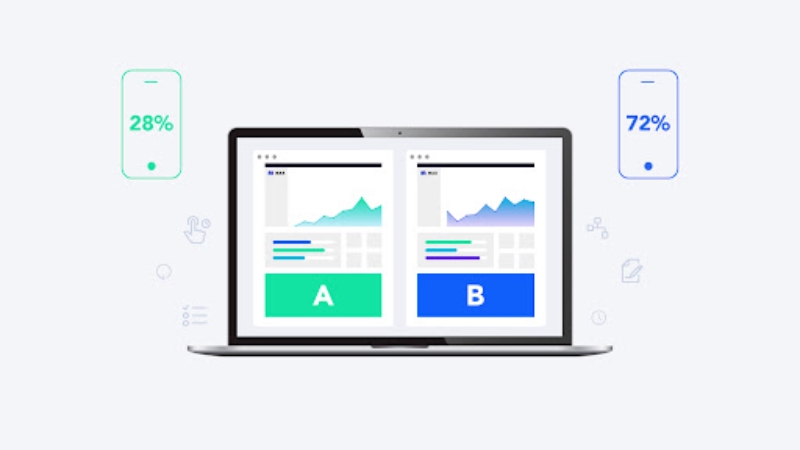
FAQs About Primary Text in Facebook Ads
1. What’s the ideal length for Primary Text?
The ideal length for Primary Text in Facebook Ads is typically around 125 characters. This ensures that the text is displayed properly across various devices, especially mobile. Keep it concise, clear, and impactful – your audience should be able to read it quickly without scrolling.
2. Should I use emojis?
Yes, using emojis can enhance the visual appeal and emotional impact of your Primary Text. However, use them sparingly – 1-2 emojis should be enough to emphasize key points or add personality to your ad. Avoid overloading your text with too many emojis, as it can appear unprofessional and distract from your core message.
3. How is Primary Text different from the headline?
Primary Text serves as the main body of your ad, delivering the key message and engaging the user. It’s where you elaborate on the offer or provide more detailed information. On the other hand, the headline is a short, punchy statement designed to grab attention quickly. Think of the headline as your hook, and the Primary Text as the substance that follows.
Got more questions? NEMI Ads has the expertise to answer them and help you create high-performing campaigns. Let us help you optimize your ads and boost your results.
Conclusion
Understanding What is Primary Text in Facebook Ads is key to creating a high-performing Facebook ad. Keep it short, clear, benefit-driven, and packed with a killer CTA, and you’ll turn scrollers into buyers. Mess it up, and you’re just burning cash.
Ready to supercharge your Facebook ads account? NEMI Ads is your one-stop solution for stable accounts, campaign management, with great results that speak for themselves. Don’t settle for mediocre – contact NEMI Ads today and watch your ad performance skyrocket!
